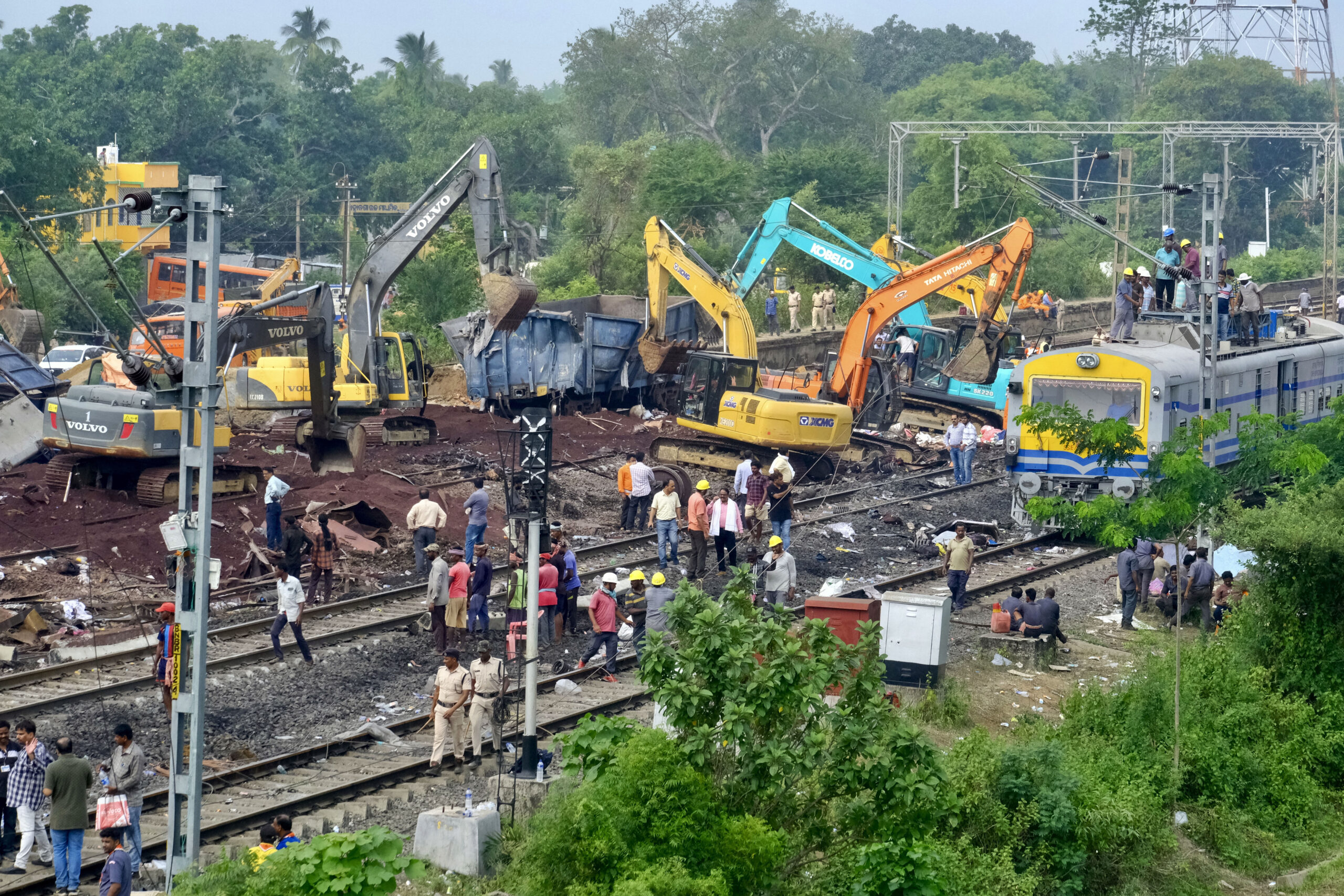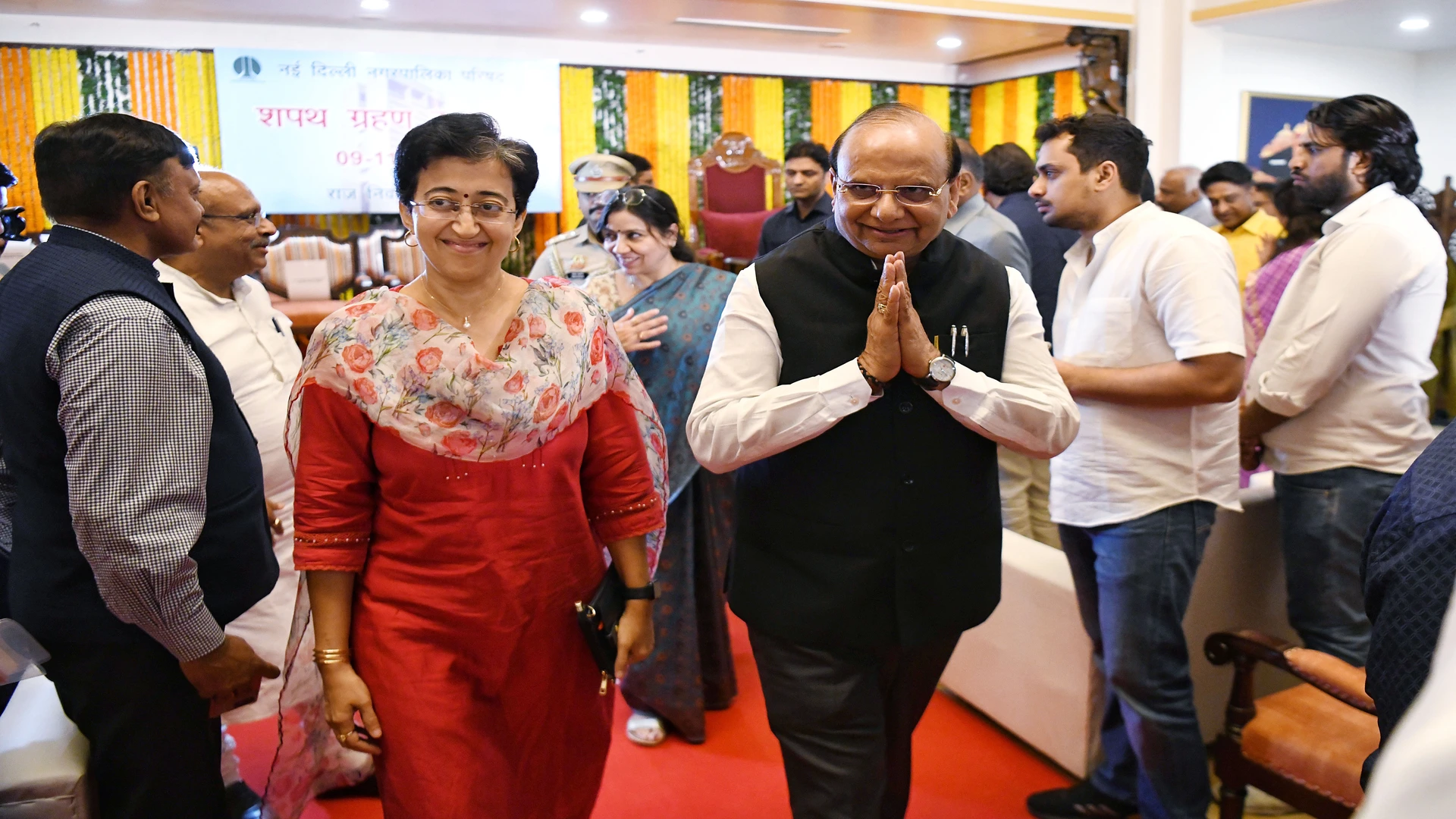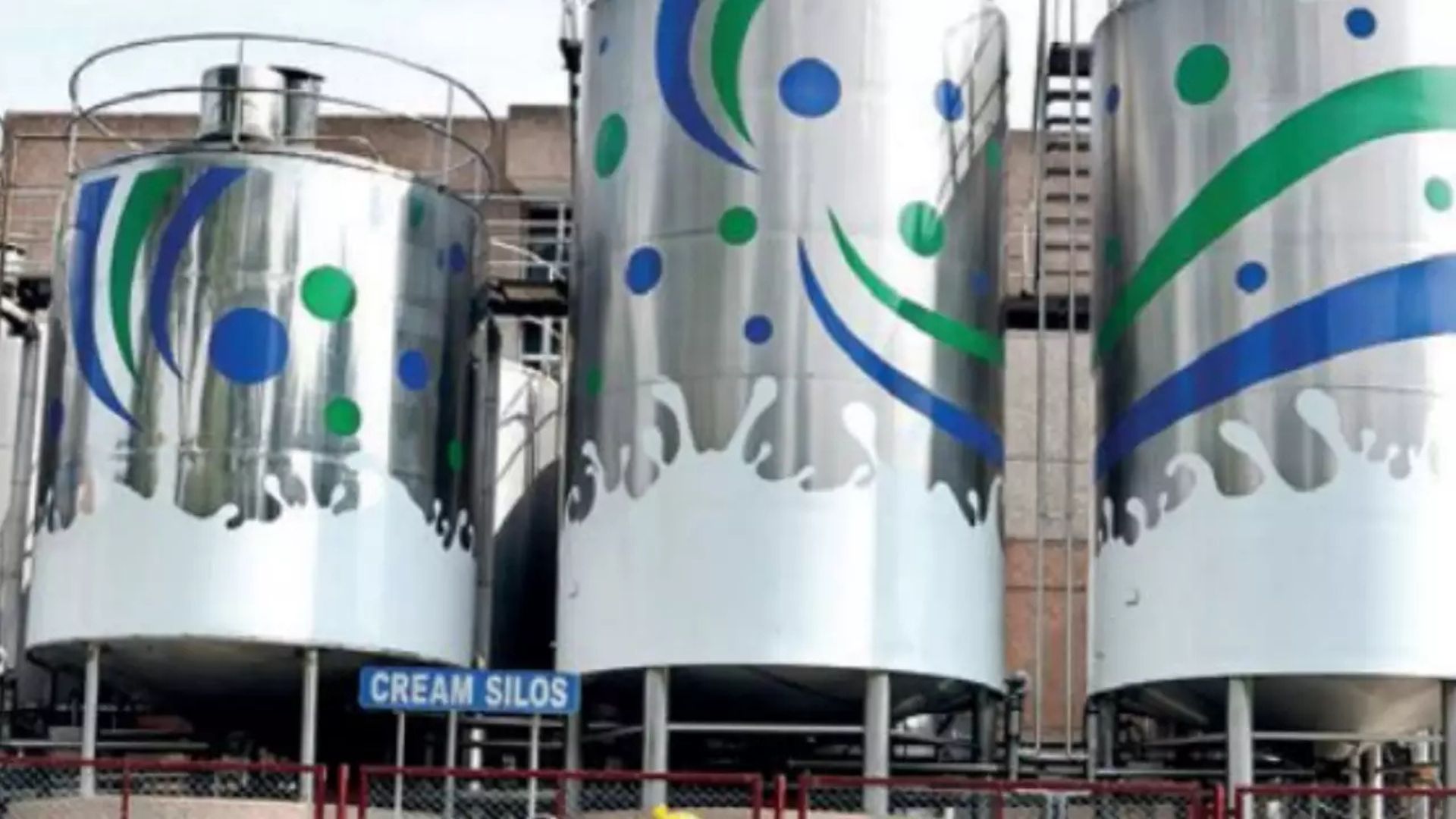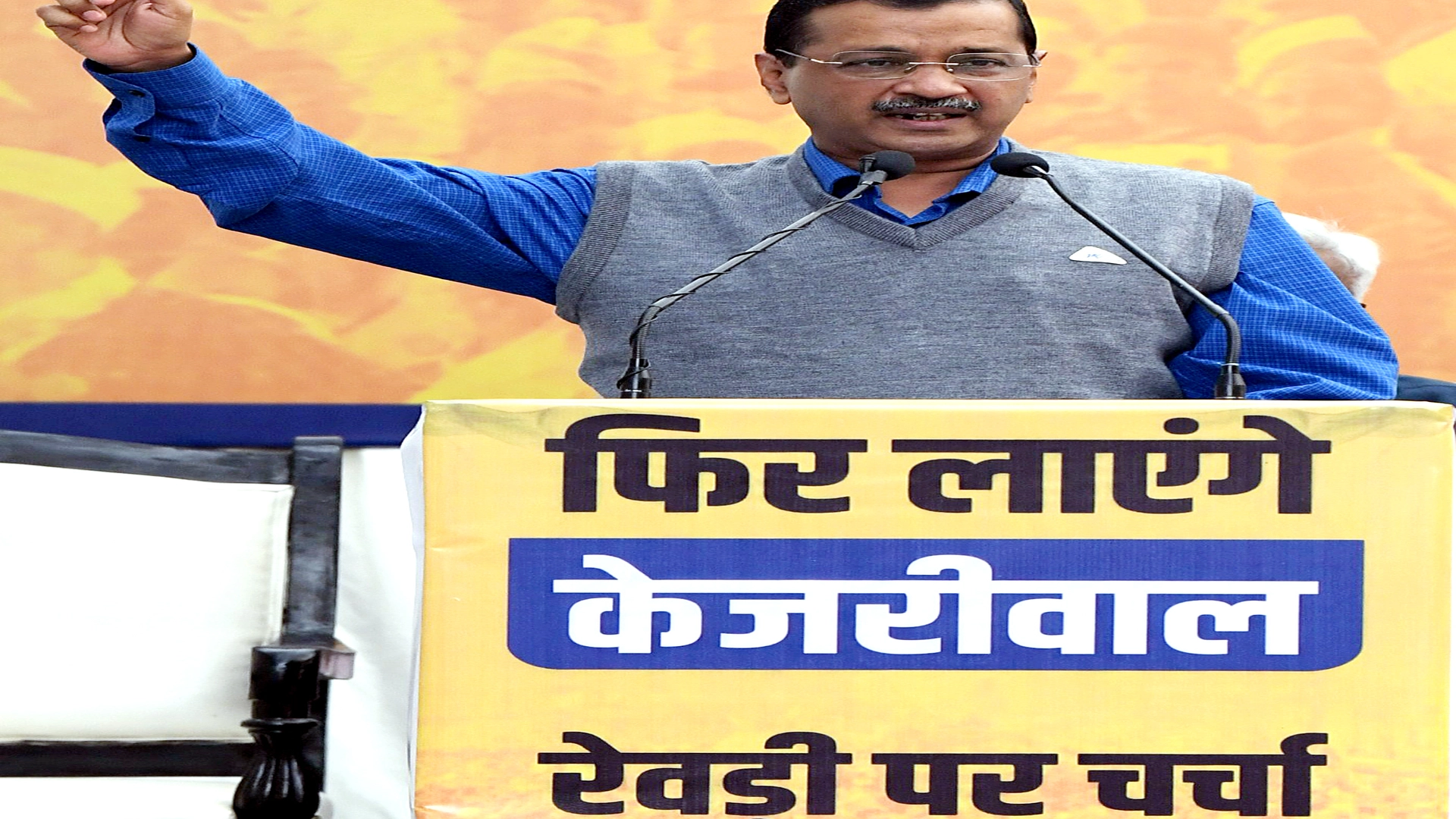
On Sunday, Indian authorities announced the end of rescue operations following the country’s deadliest rail crash in more than two decades, with signal failure emerging as the likely cause of death for at least 275 people.
The death toll from Friday’s crash was reduced from 288 to 287 after it was discovered that some bodies had been counted twice, according to Odisha Chief Secretary Pradeep Jena.
He told reporters that the total was unlikely to rise. “The rescue operation is now complete.”
However, nearly 1,200 people were injured when a passenger train collided with a stationary freight train, went off the tracks, and collided with another passenger train traveling in the opposite direction near the Balasore district.
The state-run Indian Railways, which claims to transport more than 13 million people per day, has been working to improve its patchy safety record, which has been blamed on aging infrastructure.
Prime Minister Narendra Modi, who is up for re-election next year, went to the scene on Saturday to speak with rescue workers, inspect the wreckage, and meet with some of the injured. “Those found guilty will face severe punishment,” Modi said.
According to preliminary findings, the Coromandel Express, traveling from Kolkata to Chennai, exited the main track and entered a loop track “a side track used to park trains” at 128 kph (80 mph), colliding with a freight train parked on the loop track, said Railway Board member Jaya Varma Sinha.
According to her, the crash caused the engine and the first four or five coaches of the Coromandel Express to jump the tracks, topple, and collide with the last two coaches of the Yeshwantpur-Howrah train, which was traveling in the opposite direction at 126 kph on the second main track.















